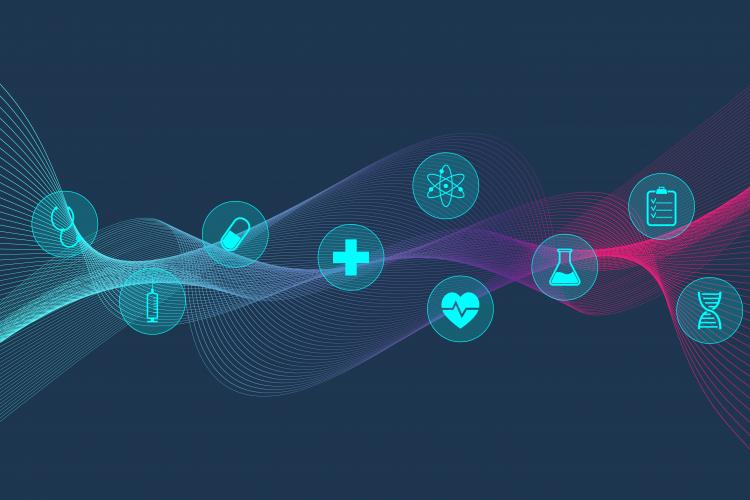Are IMI projects delivering socio-economic benefits? Yes, but it often takes time for these to become apparent, concludes a new report on the outcomes of 44 IMI1 projects.

The report, by Clarivate’s Centre for Innovation in Regulatory Science (CIRS), delves into the public summaries of the final reports of 44 IMI1 projects in the hunt for project results and impacts. The authors identified project outcomes in four categories: innovation; infrastructure and resources for further research; structuring the European research area; and dissemination of information. This revealed a wealth of results covering diverse disease areas (e.g. neurodegenerative disease, rheumatoid arthritis, pain, cancer, and infectious diseases) as well as cross-cutting issues such as safety, manufacturing issues, knowledge management, and education and training.
Innovation
- 2 863 biomarkers in various stages of development (i.e. validated, standardised, or potential)
- 784 in vitro, in vivo and in silico/computerised models in various stages of development (validated or potential)
- 238 potential drug targets and delivery systems
- 3 potential manufacturing processes
Infrastructure and resources for further research
- 167 biobanks, cohorts and databases
- 593 platforms, assays, software tools and technologies in various stages of development (validated or potential)
- 194 guidance, best practice recommendations and standard operating procedures in various stages of development (published / validated )
Structuring the European research area
- 213 memoranda of understanding and material transfer agreements signed
- 16 SME spin-offs
- 28 spin-off projects to continue research
- 17 projects with impacts on regulatory pathways and practices
Dissemination of information
- 67 accessible project tools
- >4 000 publications (56 % open access)
- >3 000 talks and conferences
- >700 trainings, workshops, and PhD activities
The authors then analysed how these outcomes could contribute to six potential socio-economic impact types:
- increase robustness and reproducibility of research
- reduce the time and cost of research
- improve manufacturing processes
- support environmental sustainability
- improve standards of care
- consolidate and expand knowledge base.
‘This report highlights how IMI1 projects are changing the manner in which new medicines are developed, improving the R&D infrastructure and streamlining R&D processes, involving collaborative networks, but also disseminating findings to develop a skilled workforce to put Europe at the forefront of scientific R&D,’ the report concludes.
While some projects have delivered concrete socio-economic benefits, in many more the benefits are not yet tangible, and this is in line with the nature of IMI projects and the medicines development process more broadly. ‘It requires time to produce innovative solutions, often happening in the later phases of the project lifecycle and very often even beyond the end date (after projects have been completed),’ the report reads. ‘As a result, the impact of IMI projects is expected to evolve with time.’
‘Analysing, quantifying and articulating the socio-economic benefits of research projects is highly challenging,’ commented IMI Executive Director Pierre Meulien. ‘Nevertheless, as this report shows, our projects are already making a difference, and as experience shows that the biggest impacts come after the end of the project, the real impact is likely to be even greater than what is reported here.’
Read more
Read the full report
Read our previous news articles on the socio-economic impacts of EUPATI, GetReal, the European Lead Factory, and EHR4CR
Find out more about IMI’s project successes
Find out more about IMI project outputs that are accessible outside the consortium
